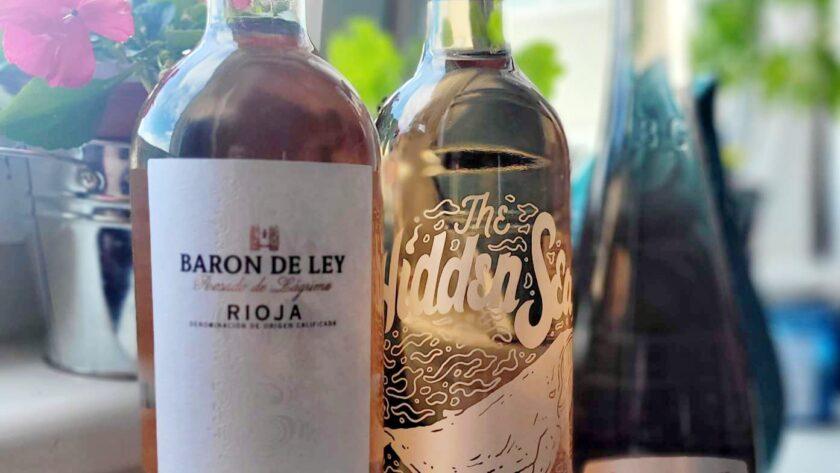The 8th of June is all about rosé
It’s National Rosé Day on Saturday 8th June and we were asked by Kingsland Drinks to have a closer look at this popular summer tipple with the help of Master of Wine – David Gill.
Did you know rosé isn’t actually pink? Red grapes are used to make still rosé and the colour is a result of the skins being in contact with the juice for a short period at the start of the wine making process. To make sparkling rosé, it’s common to simply blend some red wine with a white wine base.
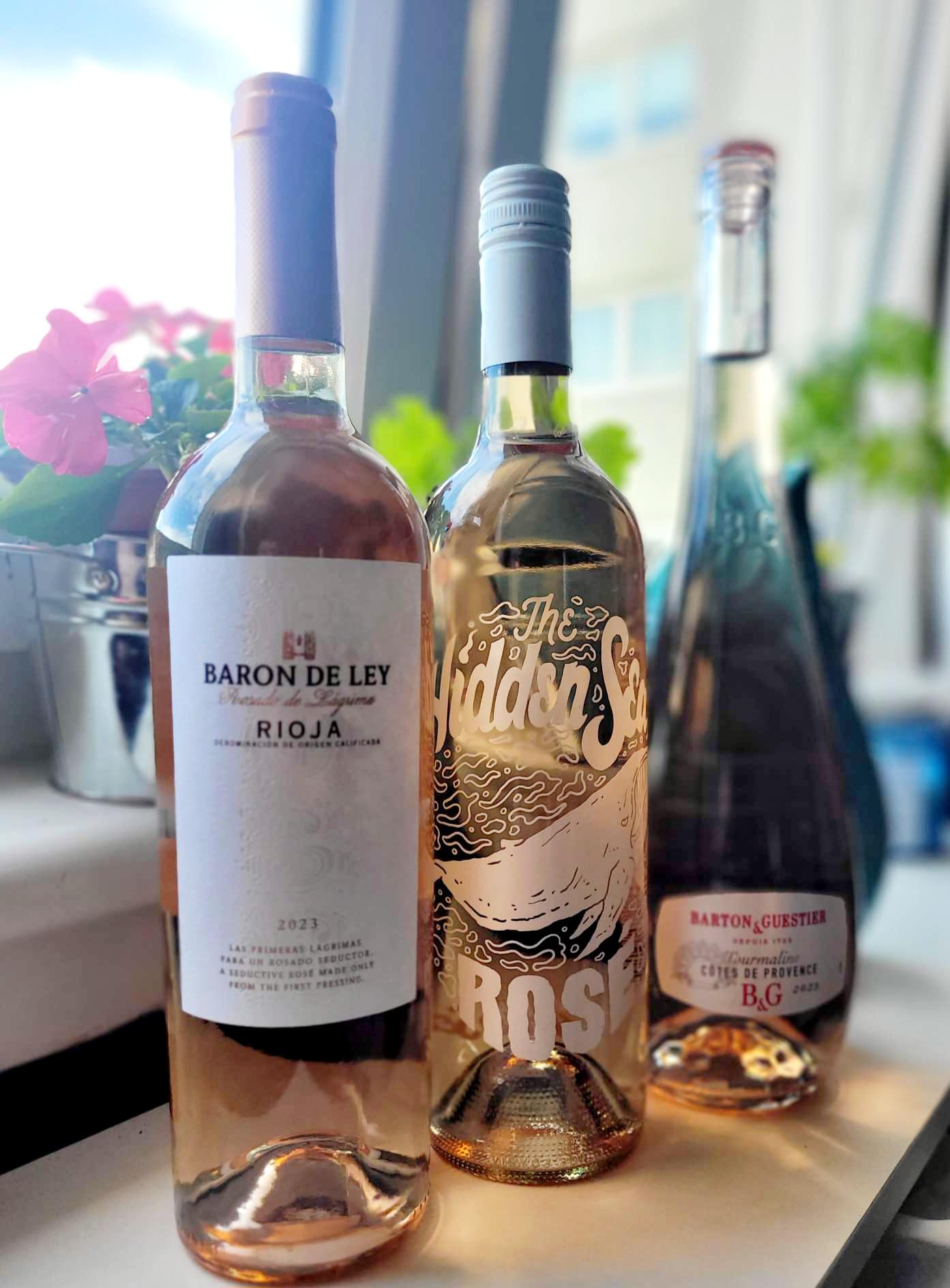
Where is rosé from?
Wherever wine is made, rosé could be produced but there are four main areas where rosé is produced.
Rioja, Spain
Using typically Spanish grape varieties such as Garnacha (Grenache) and Tempranillo, Spanish rosé is known as Rosado and is usually dry, pale and fruity.
Provence, France
Provence is the home of French rosé. Here the wines are usually pale, dry and have a more mineral style.
California, USA
Zinfandel is California’s signature grape. The rosé here typically has a more vibrant colour and is a far sweeter style, often with flavours of watermelon. The Zinfandel grape is also known as Primitivo in Italy but originally comes from Croatia.
South Australia
Rosé wines in Australia are made using a wide variety of grapes including Cabernet Sauvignon, Pinot Noir, Shiraz, Grenache, Sangiovese, Tempranillo and Sinsault.
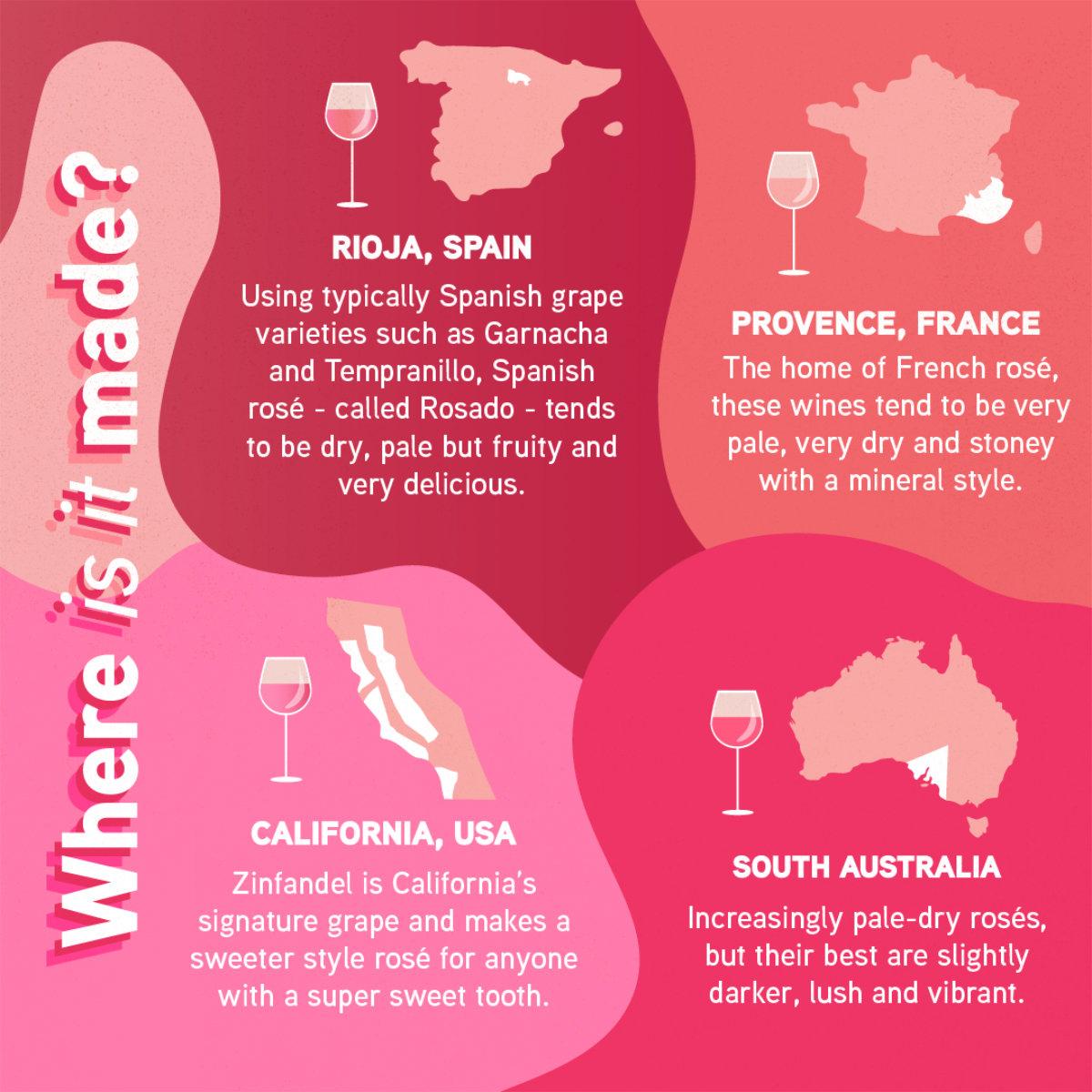
How is rosé wine made?
There are four methods of making rosé wine.
- Maceration. This is the most common method of producing rosé wines. The red grapes are crushed to release the juice.
- Saignee. This method involves ‘bleeding’ off the free run juice from a red wine vat, which is then fermented separately and made into a rosé style wine.
- Direct Press. Grapes are harvested and pressed to extract the juices from the flesh and skins, which is then drained straight away.
- Blending. This less common method involves adding a very small amount of red wine to white wine. This is often done for sparkling rosé.

How to store and serve rosé wine
- Darker and sweeter styles are best served over ice.
- Store bottles in a cool, dark room with screwcaps kept up and corks laid down.
- Chill your rosé for 4 hours before serving and serve cold.
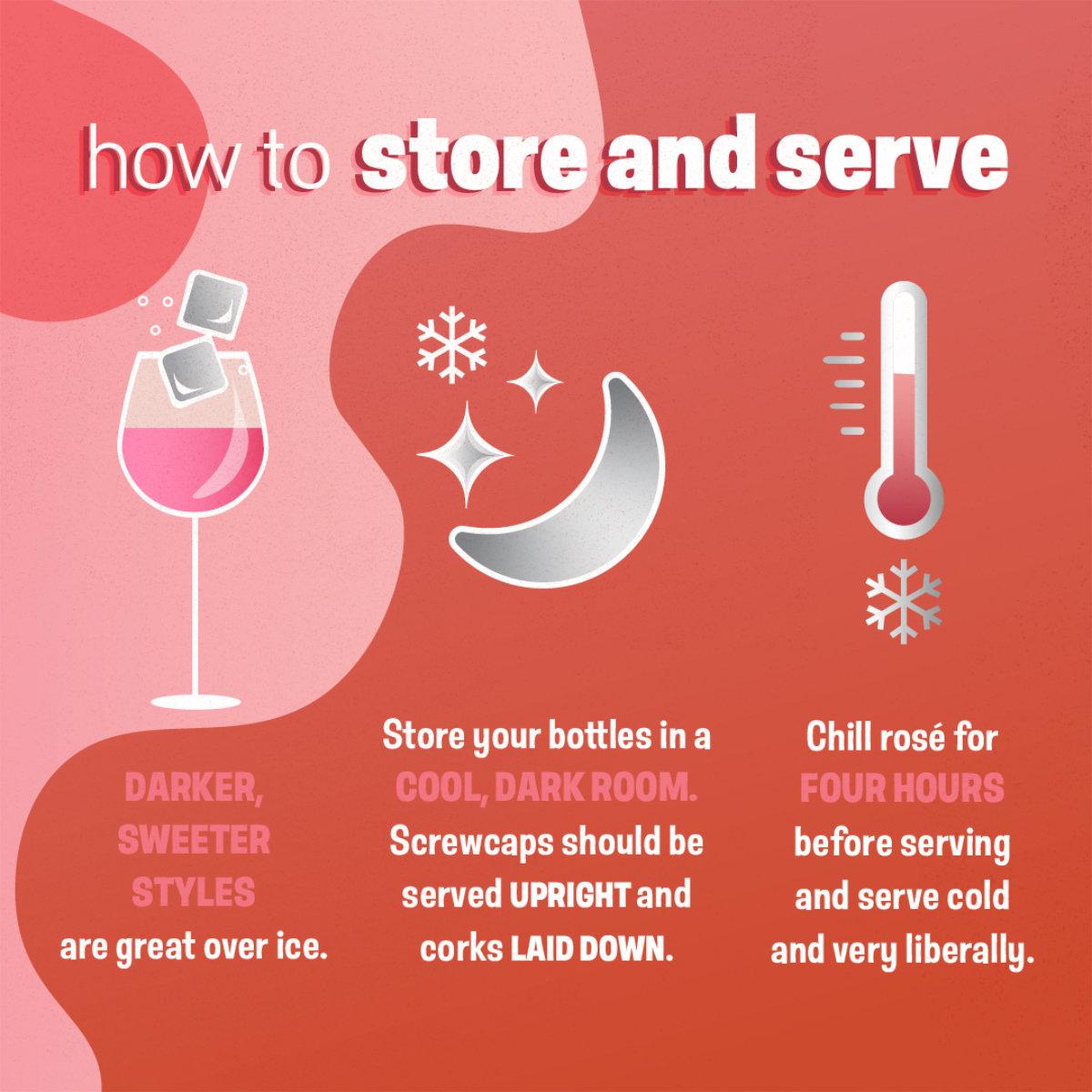
Let’s try some rosé

The Barton & Guestier Tourmaline Côtes De Provence Rosé (£23.99 for a magnum, Waitrose) is bone dry with lovely floral, citrus, pear, peach and red berry notes. It’s a great example from Provence; the home of French rosé.
Serve: Chilled with a poached salmon salad

The Baron De Ley Rosado De Lagrima (£10.50, Asda) from Rioja, Spain, is an elegant, dry pale rosado with delicate aroma of white flowers and strawberries, and a fresh, dry palate.
Serve: With grilled fish or Asian foods
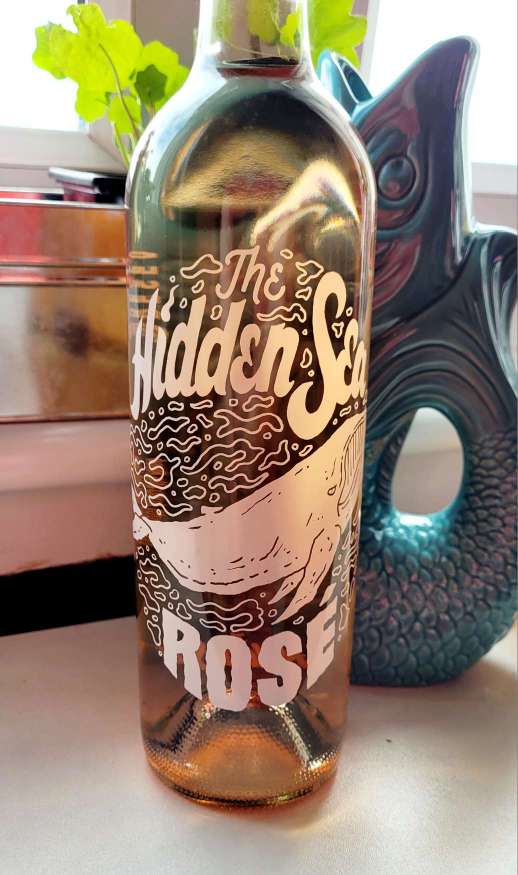
The Hidden Sea Rosé (£8.75, Asda) from the Limestone Coast in South Australia has a nose of strawberries and cream and a background of freshly cut roses.
Serve: With chargrilled prawns or chicken on the BBQ
Food Pairing with rosé wine
Rosé wine pairs well with fish dishes, goats cheese or feta cheese, and many types of salads.

Many thanks to Kingsland Wines for gifting the selection of rosé wine for us to taste.
Remember to be drinkaware.co.uk

